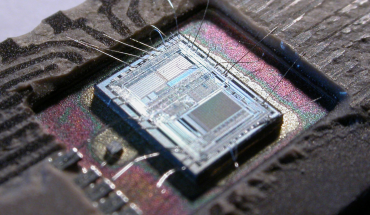In the last years, graphene buying has been exponentially increasing due to its high demand and its numerous applications in industry, human health and environmental protection. Since 2010, the number of published patents has grown by more than 900% mainly spread between the academic- and industrial-based research and scientific development. The largest market for the graphene can be found in countries of the Asia-Pacific Region with a projected value of $ 125.4 million for the year 2020. Closely following are the markets in Canada and the United States.
Market drivers
The following graphene properties represent the primary drivers for its very promising application in nanotechnologies linked with energy conversion and storage as well as electronics industry – high mechanical strength, very high electron mobility and thermal conductivity. In these particular fields, such materials are often involved in the development of graphene-based super capacitors for battery-less electric vehicles. Graphene and silicon can also replace the indium tin oxide (ITO) in photo voltaic cells, and such application can have an immense impact on power electric cars and modern buildings.
Even the field of human health can benefit from graphene since graphene-based devices are used for diagnosing and treating medical conditions. Application of these devices is not limited only to the medical field; they are also commonly utilised in the developing market of wearable and portable devices such as smartphones, tablets and smart watches. All these widely applied products profit from the fact that graphene has particular beneficial properties that can be used in the production of sensors for electronics and medical purposes.

Graphene buying and how can it be used for the innovation in batteries
More or less all technologies available for energy storage have some trade-offs regarding their capacity, weight and performance. Capacitors, for example, are fast to reach full-charge state but they do not possess a large capacity for energy storage. Chinese researchers have developed a graphene-based foam-like material for a new battery design that might be the missing link between batteries and capacitors. The innovation is based on the lithium battery. It mixes silicon graphene with anode-composite materials to achieve a new level of lithium-ion battery performance.Click here to read more about the application of graphene in electronics.
Graphene electrodes for touch screens
Graphene-based film is an excellent candidate for the replacement of indium tin oxide, which is a very commercial product used as a transparent conductor in the touch screens of various electronic gadgets and computers. It can also be used as an electrode in solar cells. The advantage has been corroborated when researchers pointed out that the graphene-based film along with a metal nanowire grid surpasses the ITO screens and other competing materials by delivering lower electrical resistance and higher transparency.
Graphene as a sensitivity enhancer in sensors
The new graphene-based sensors with a very high sensitivity are believed to be the only devices capable of detecting a broad spectrum of light ranging from the visible to the infrared light. Furthermore, it is important to note that they are not only more sensitive but also they consume ten times less energy. When mass produced, they are five times cheaper than the current low-cost imaging sensors. The sensors’ functionality is based on catching the light generated by electron particles for a longer time than other technologies. It is caused by a very high electric conductivity of the graphene resulting in a stronger signal that can be processed into an image by a camera, infrared sensor, satellite imaging etc.




